Affiliate disclosure: This post may contain affiliate links. Please see our Privacy Policy.
Pine needle tea is full of natural vitamin C, and it tastes absolutely wonderful. Citrus-y and woodsy, it’s a spectacular wintertime tea.
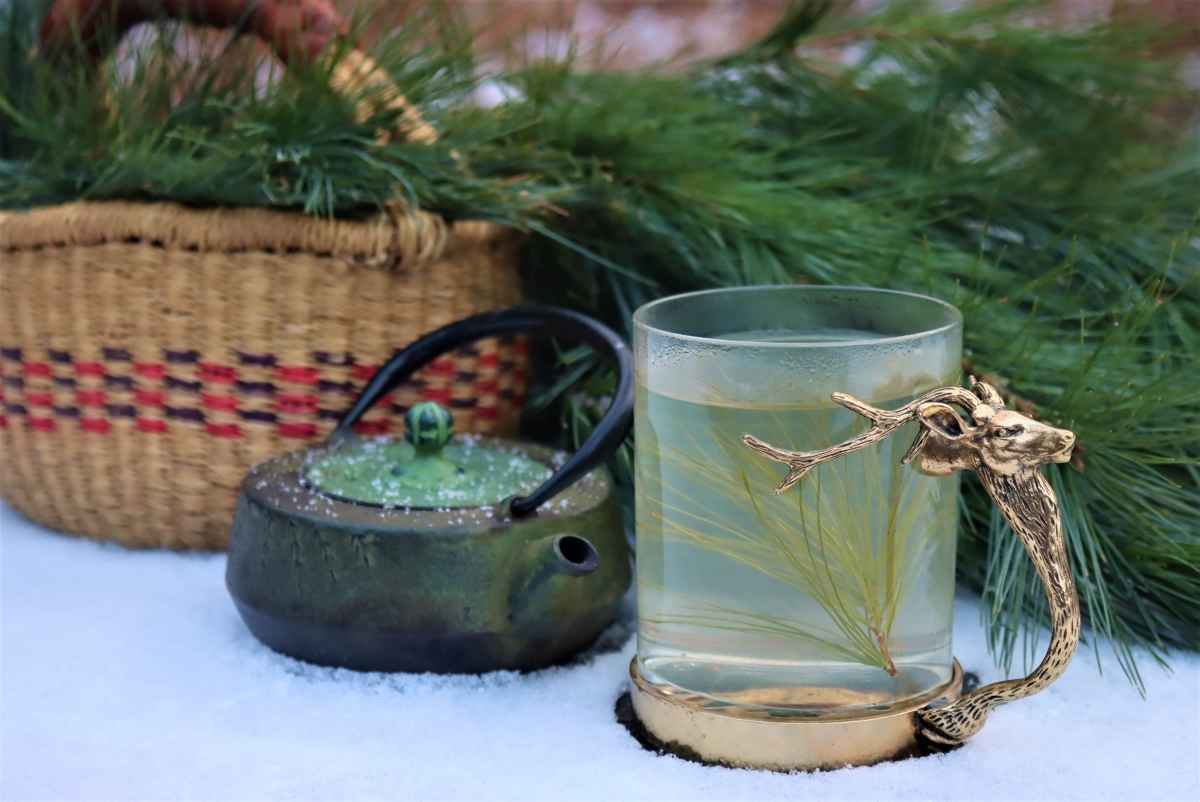
I know what you’re thinking, pine needle tea must be some kind of desperation survival food…and it is…but it’s also really delicious. As luck would have it, not only is it packed with vitamin C, pine needle tea also happens to taste pretty darn good. Citrus-y and woodsy, it smells absolutely wonderful in your wintertime teacup, and it’s perfect for sipping by the fire.
A while back I curled up by the fire reading a recent birthday gift from my husband, a book titled The Indifferent Stars Above which chronicles the journey of the Donner party. I love historical fiction and survival books, and it happens to be both. The book is engrossing and well crafted, but it really brings out the “armchair survivalist” in me.
As they’re trudging through waist-deep snow trying to get out of the pass, I’m almost audibly yelling at the book pages, “NOOO…stop. Make snowshoes before you’re too tired to go on!” Later when they give up and head back, they hunker down in the cabin to slowly starve and die of survey, boiling pine bark and shoe leather trying to extract nutrients.
Starvation is a tricky one to solve given the circumstances, but scurvy is not…especially when you’re hunkered down in a pine forest.
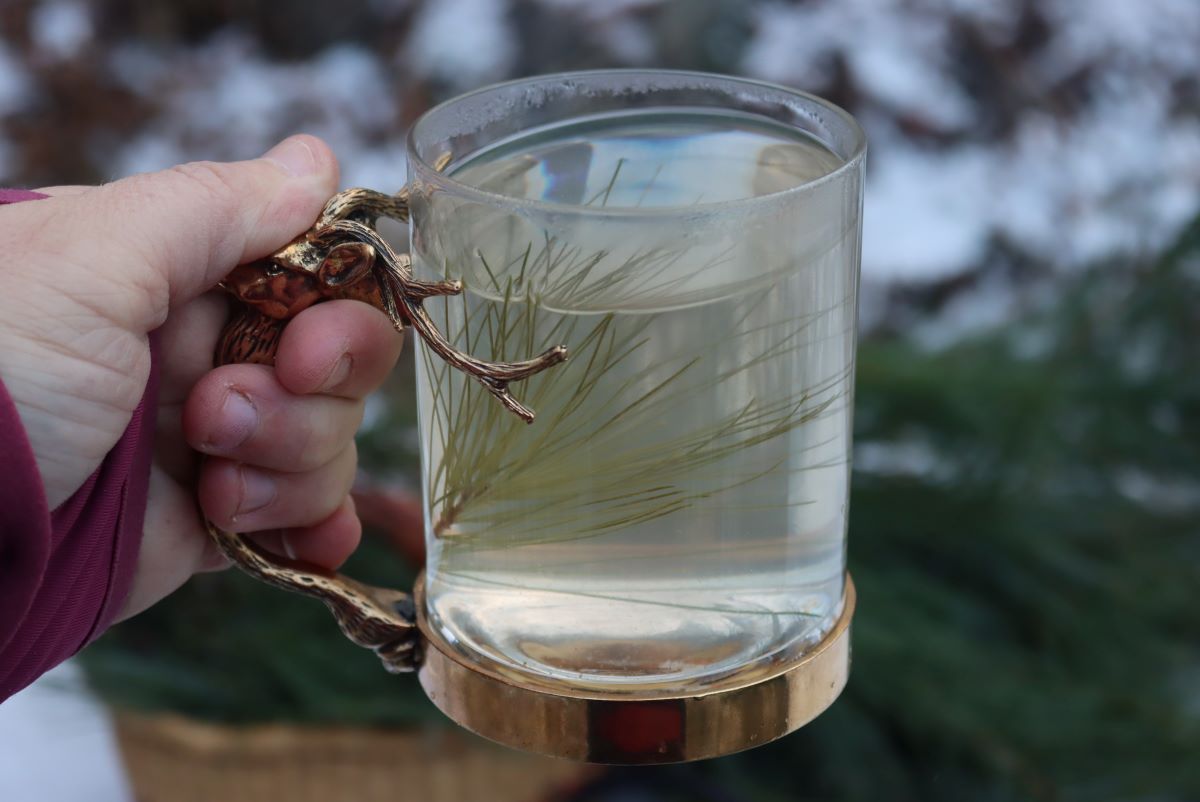
Vitamin C Content of Pine Needles
Pine needles, especially fresh pine needles harvested in winter, contain a good bit of vitamin C. It’s not all that much compared to modern supplements or fresh fruit, but it is enough to keep you healthy in a pinch.
One US forest service study found that pine needles have somewhere between 0.72 and 1.87 mg/g of Ascorbic Acid (vitamin C) when sampled mid-summer. Other studies note that the vitamin C concentrations are 4-7 times higher in the winter months, steadily increasing in the colder months and peaking in February and March.
While the recommended daily intake of vitamin C is 60 mg/day for adults, rather unethical studies on prison inmates in the 1960s showed that you can fend off scurvy with as little as 10 mg/day. Based on that, a study concluded it would have been possible to fend off scurvy during the sieve of Leningrad using pine needle tea (source).
Nutrients in Pine Trees
Beyond the needles, every part of a pine tree is edible, and though it may not contain many calories, each part is rich in different nutrients.
The outer bark is full of antioxidants and tannins, and it’s actually sold these days as a new-age health supplement. The inner bark has some calories and is surprisingly sweet (though you’ll burn more calories harvesting/processing it than you will gain eating it). Pine bark flour (made from both the outer and inner bark) is a traditional food in Scandinavia and is still used to this day.
We’ve cooked a good bit with pine bark, and it’s surprisingly tasty (for bark), but pine needle tea is downright pleasurable. Nutrients or not, I’d still harvest pine needles to make cups in the wintertime.
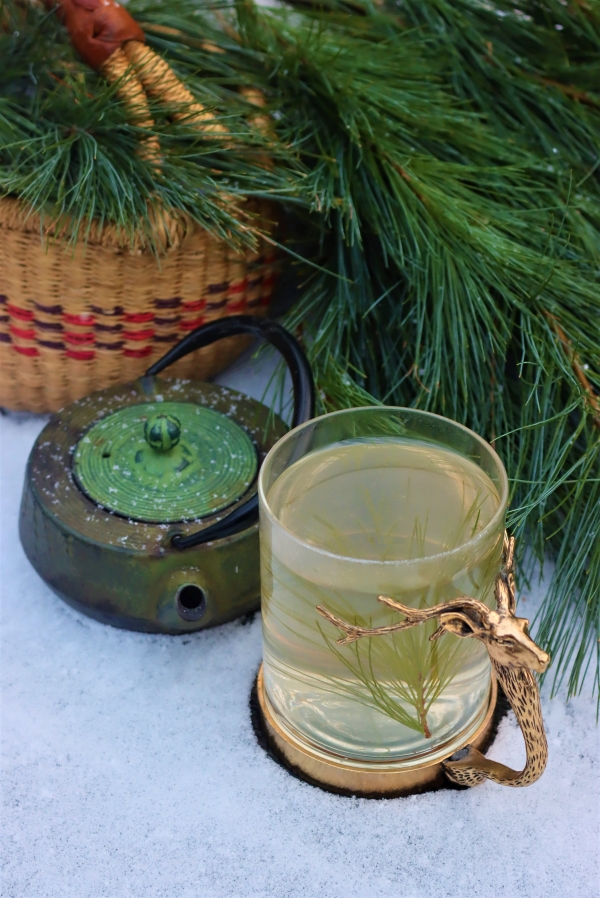
Identifying Conifers
Obviously, if you’re going to forage ingredients for pine needle tea, be sure you’ve actually harvested pine. Other conifers, like spruce and hemlock trees, are edible as well, and make delicious tree. (Note: Poison hemlock is a flowering plant, and has nothing to do with hemlock trees.)
The main thing to look out for is yew tree species, which are toxic. They have flat needles with a white color on the underside. They look a bit like hemlock trees, which also have flat needles, but are green on the underside.
Either way, yew doesn’t look much like pine other than having needles. Pine needles aren’t flat, you can roll them in your fingers, and they’re much longer than the short (around 1 cm) yew needles.
Ponderosa pine out west is potentially toxic, at least to cows, but it’s unclear if it has any effect on humans. Best to avoid it just to be safe.
If you’re at all confused, I’d suggest reading this guide to identifying conifers.
How to Make Pine Needle Tea
To make pine needle tea, you only need a few handfuls of fresh pine needles. Fresh needles are much more flavorful and aromatic and have higher vitamin concentrations. Pine shoots (also sometimes called pine candles) can also be used, and they have a much more resinous taste.
How much you need depends on your tastes, but I’d say somewhere between 2 and 4 tablespoons of chopped pine needles makes a good cup of pine needle tea. While you can leave them whole, chopping them up a bit increases surface area and will help extract more flavor.
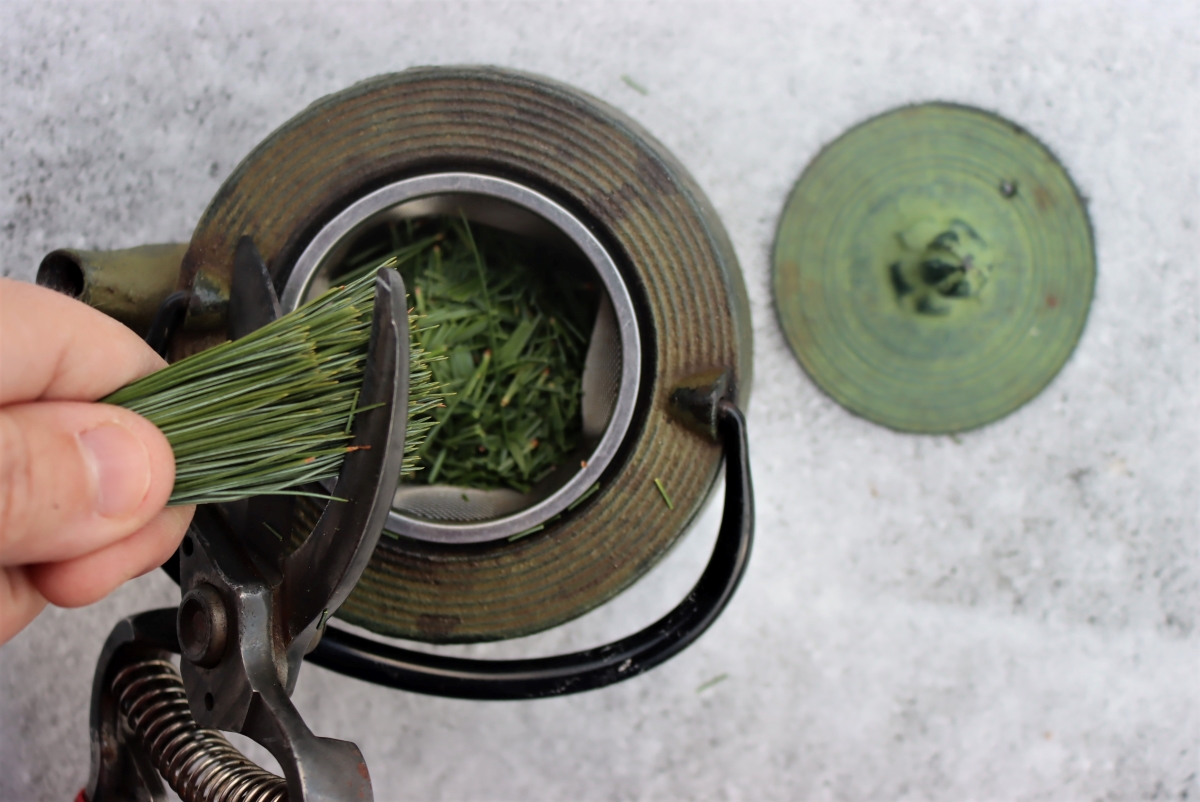
I like my tea a bit stronger, so I opt for around 4 tablespoons of chopped pine needles (1/4 cup) per cup of tea. Experiment a bit and see what you like.
Learning Herbs has a winter foraging pine activity book that suggests using pine needles to make a wintertime chai, mixing the following in 6 cups boiling water:
- 3 Tbsp. Pine Needles, chopped
- 2 Cardamom Pods
- 1 1/2 tsp. Grated Ginger
- 2 Cinnamon Sticks
- 2 Star Anise Pods (or 1/2 tsp Fennel Seeds)
- 1 tsp. Whole allspice
They’re making quite a few cups of tea with a lot of different aromatic spices, but only 3 Tbsp of pine needles. Though it’s probably good, you likely won’t taste the pine needles at all in that mixture.
Personally, I like plain pine needle tea. Just 2-4 Tbsp. chopped pine needles to a cup of water, steeped for 10-15 minutes.
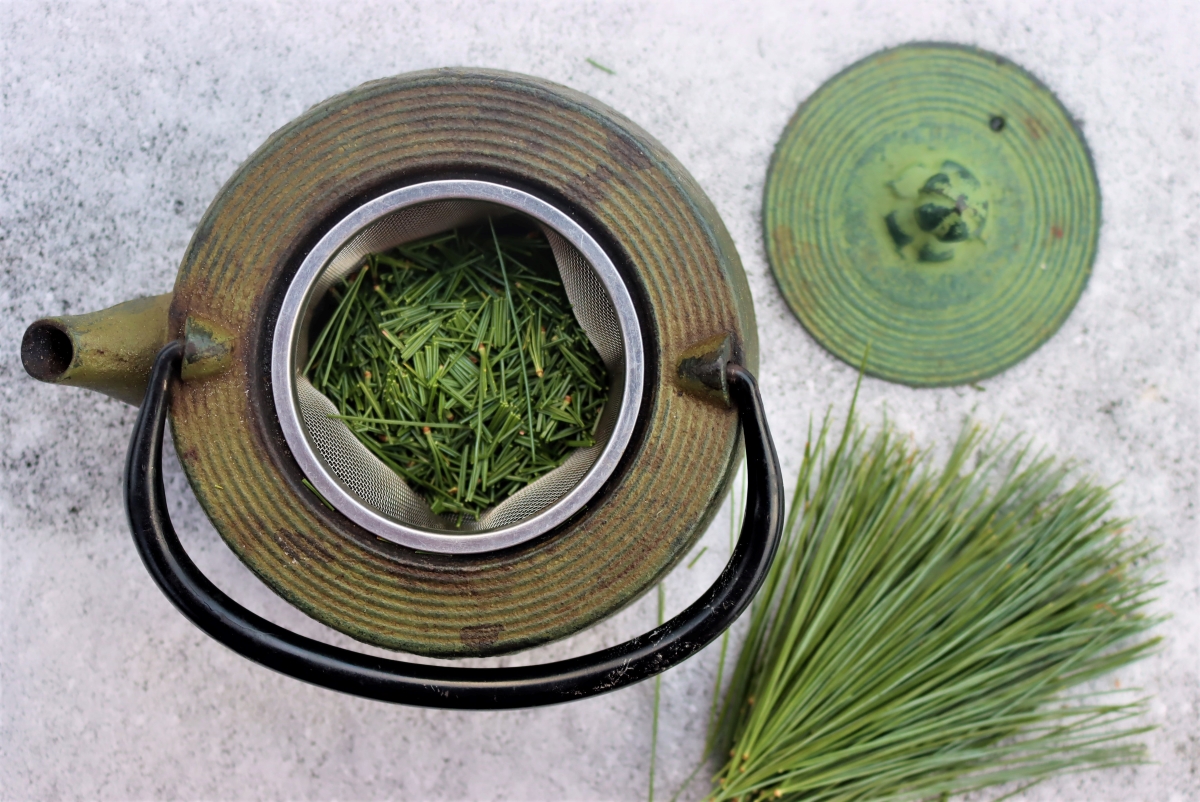
What Does Pine Needle Tea Taste Like?
While you’d expect pine needle tea to taste bitter or intense, it’s actually quite subtle. It’s aromatic, like a pine tree, but it has really subtle citrus notes, like a floral hoppy beer (rather than a sour citrus).
It has a bit of resinous flavor that tastes like the woods, in a warm way that’s not at all bitter.
I like pine needle tea plain with nothing added, but I’ve read that a bit of honey or milk is a common addition. I think honey would be lovely, but I’m skeptical about the milk.
Warm chai spices are the perfect complement to pine needle tea on a snowy winter’s day, but I’d keep it subtle, so you still taste the mild resinous pine flavor.

Edible Pine Recipes
Just about every part of the pine tree is edible, including the needles, bark, resin, and even pine pollen.
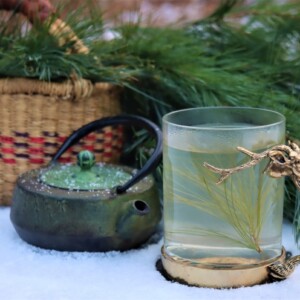
Pine Needle Tea
Ingredients
- 2 to 4 Tbsp. Pine Needles, Chopped
- 1 Cup Water
- Honey to Taste, Optional
Instructions
- Bring water to a boil in a tea kettle or saucepan.
- While the water is heating, finely chop the pine needles to help them infuse better into the tea.
- Once boiling, remove from heat and add pine needles (or pour over prepared needles in a tea pot).
- Allow the pine needles to steep for 15-20 minutes.
- Strain and enjoy, adding honey, lemon, or milk if desired. (I prefer it plain, just as it is.)
Notes
Wild Foraged Recipes
Looking for more tasty food straight from the woods?
- How to Make Cookies After the Apocolypse (100% Wild Foraged Cookies)
- How to Make Acorn Flour
- Chokecherry Syrup
- Elderberry Pie
Foraging Tutorials
Hoping to learn a few new wild plants this year?
- Foraging Morel Mushrooms
- Foraging Autumn Olive
- Foraging Nannyberries
- Winter Foraging: 50+ Plants You Can Find in the Snow
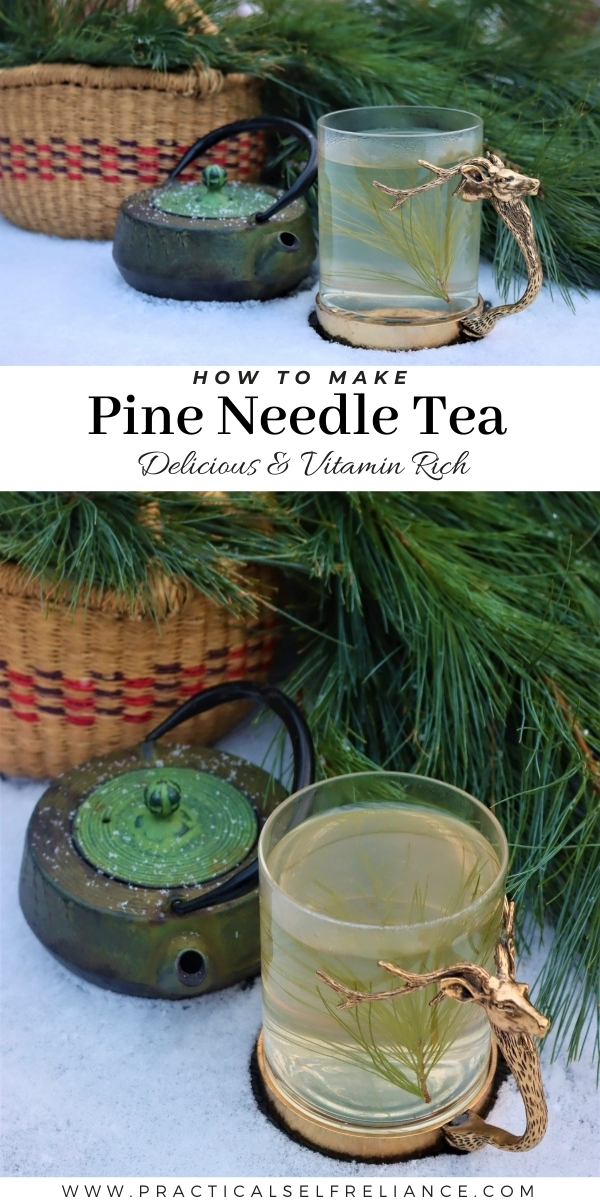
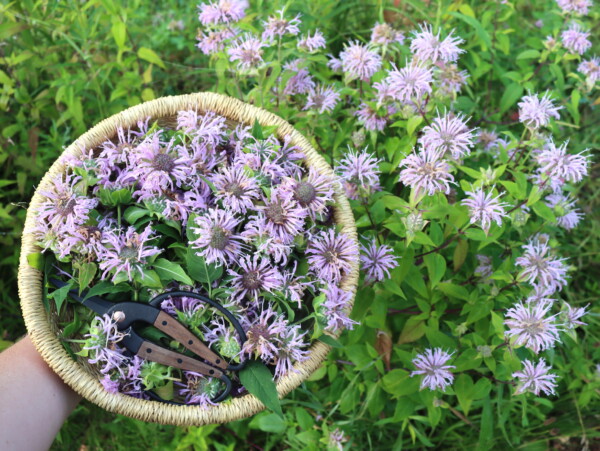
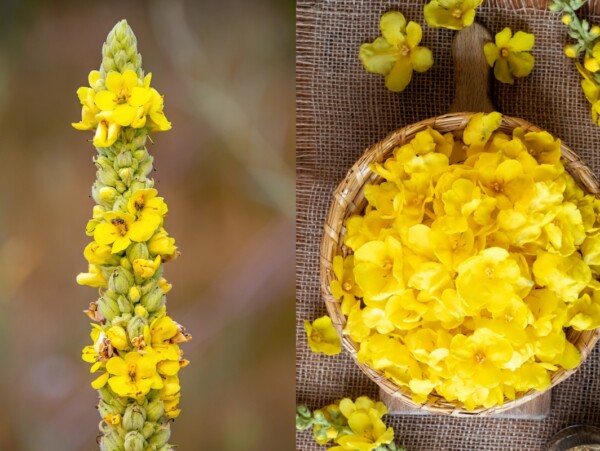
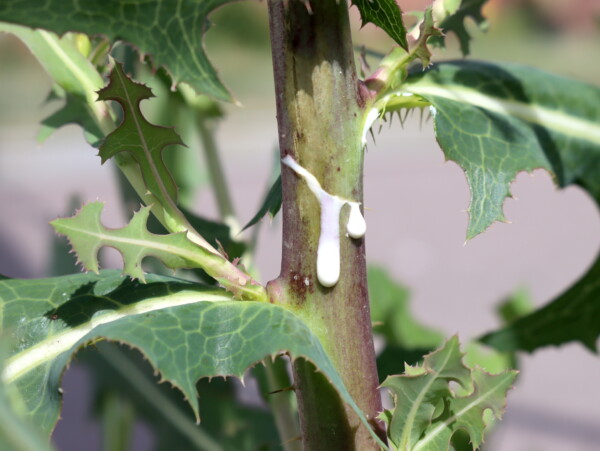
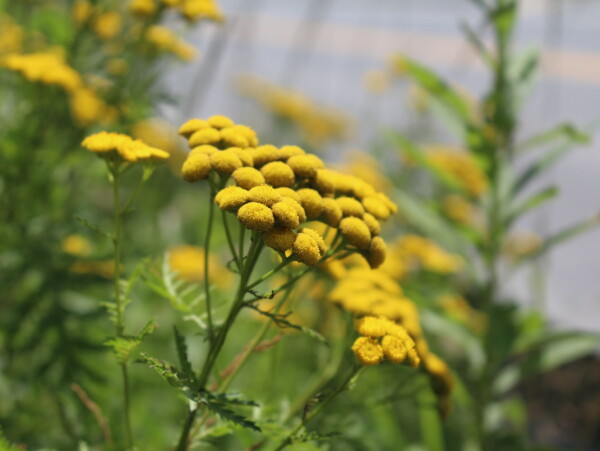
Are there any sources for which trees have the most vitamin c? Also, are balsam fir needles safe for tea?
Thank you
I would imagine that they are all pretty close to the same. And yes, balsam firs are edible as well.
I grew up in the south with pine trees everywhere. Not only did I learn to braid by using the needles, we chewed on them almost every day. Just never realized until I was an adult that they actually had some health benefits. I have a handful of pine needles, freshly picked to, and some local honey, so I’m ready for a great cup of tea….might try a little cinnamon in it!
That sounds wonderful. What great memories you have.
Is it okay to freeze pine needles for later use?
Yup, that should work just fine.
Is any variety of pine tree good to use or is there any specific that may be best, like maybe spruce? I know in Canada and New England there is something they make called spruce beer, alcoholic and non-alcoholic. I have had this when in Canada and it is very good. Just wondering if certain variety of pines are best?
As long as it is an edible pine, it’s great to use.
I had written a couple of days ago. I’m so disappointed, I ordered from Amazon the pine needle tea bags which came enclosed in a square white bag. Poured water over it from my Kuwait- no taste even letting it sit for 10 minutes. Next cup a new bag but I opened it out the needles in the mug pored boiling water over it and let it set for 10 minutes again no woodsy or citrusy taste no taste at all! What am I doing wrong???? Help!
In order to get the best flavor and highest vitamin concentrations, it’s really important to use fresh needles. I am assuming that the tea that you ordered is dried needles?
I live in Florida. Will sand pines work?
Most trees in the pinus family are edible but I am unable to find any documentation related to this specific tree. You might want to do some additional research to be sure.
Is there a way to store pine needles for use at a later date?
It is usually recommended to use fresh needles for tea as opposed to dried. This is easy to do with pine since we have access to the needles year round. It might be possible to freeze the needles but I don’t know of anyone that has done that or if it would affect the nutritional benefit.
Vitamin C is known to be heat sensitive. Might it be a better idea to use warm water, and not hot, to preserve the Vitamin C in the pine needle tea?
Seems reasonable.
Hi there ,what type of pine needles are you useing? Thanks.
It’s best to steer away from Ponderosa Pine but other than that you can really use any kind of pine.
Hello. How long can pine needles be stored before they stop being fresh and the amount of vitamin C drops? Say if pine needles were plucked from a tree in the morning, would they still make for a good tea in the evening, or in a few days? Thank you for sharing your knowledge.
The needles will definitely still be good in the evening and I would think even for a few days after.
This is exciting, as we have many pines on our prop!
One thing tho, if one did need to rely on pine tea for vitamin C, would not the boiling water kill the vitamin C. Heat destroys C, as I understand it.🤷🏻♀️
Your article on Pine Needle Tea was interesting and reminded me of an account written about Henry Hudson’s explorations of North America in 1610 when he found his ship frozen in the ice of Hudson Bay with his crew starving and suffering from scurvy. The local indigenous people gave them some tea made from the branches of the Eastern Hemlock and they were “instantly cured”. Come Spring, the crew mutinied and put Capt. Hudson and his son adrift in a longboat never to be seen again. Eight crew members sailed the ship back to England and promptly turned themselves over to the maritime legal authorities. The penalty for mutiny was death by hanging but the court fully exonerated them of any wrong doing.
Thank you so much for sharing that great story.
Hello..so happy to have discovered your site today! I am currently studying herbalism and getting more into foraging and/or growing my own medicinal botanicals so your site is a wonderful resource. A very beginner question..are all pine trees edible? I live in The Netherlands where there aren’t a huge amount of pine trees, but of the pine that are here, 95% are Scots Pine. Are all the parts edible just as you have shared here?
Thank you in advance!
Many people use Scots Pine just like all other pine and yes most parts are edible just mentioned in the article.
So I just had a couple cups of the pine needle tea and I have to say it’s pretty good. Had been wanting to try some for a little while but when I saw your post I decided it was time to give it a go!
Thanks for all the great posts!
That’s great! So glad you enjoyed it.
I love this tea. I just made some for a friend and for my husband and myself. Just love the taste.
Thank you for all your posts. Love the.
You’re welcome! I’m so glad you liked it!
Thank you for sharing the wonderful recipe–this tea sounds amazing spiced or on it’s own. I have to ask, where in the world did you get that cup?! It is beautiful!
Thank you! The mug was a thrift store find! This is the closest alternative that I could find online: https://www.graciousstyle.com/buy/vagabond-house-lodge-style-stag-glass-short
I live in a line forest and have never known about pine needle tea. Being a tea drinker, I will try it today and look at my gorgeous trees in a totally new light.
Thank you for sharing this information.
You’re welcome, Nancy! I hope you enjoy it!
Ascorbic Acid and Vitamin C are really not synonymous. Three doctors that I could name say that ascorbic acid is only 25% of the whole vitamin.
It’s hard to say exactly how much vitamin C is in pine needles since it varies. Ascorbic Acid and Vitamin C are definitely not synonymous. I think the point is that there is vitamin C in the ascorbic acid and there is enough of it to fend off scurvy if necessary.
I have never tried this before and I really want to. Thank you for sharing!